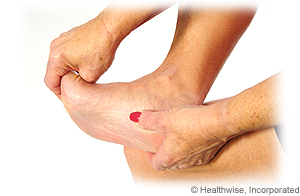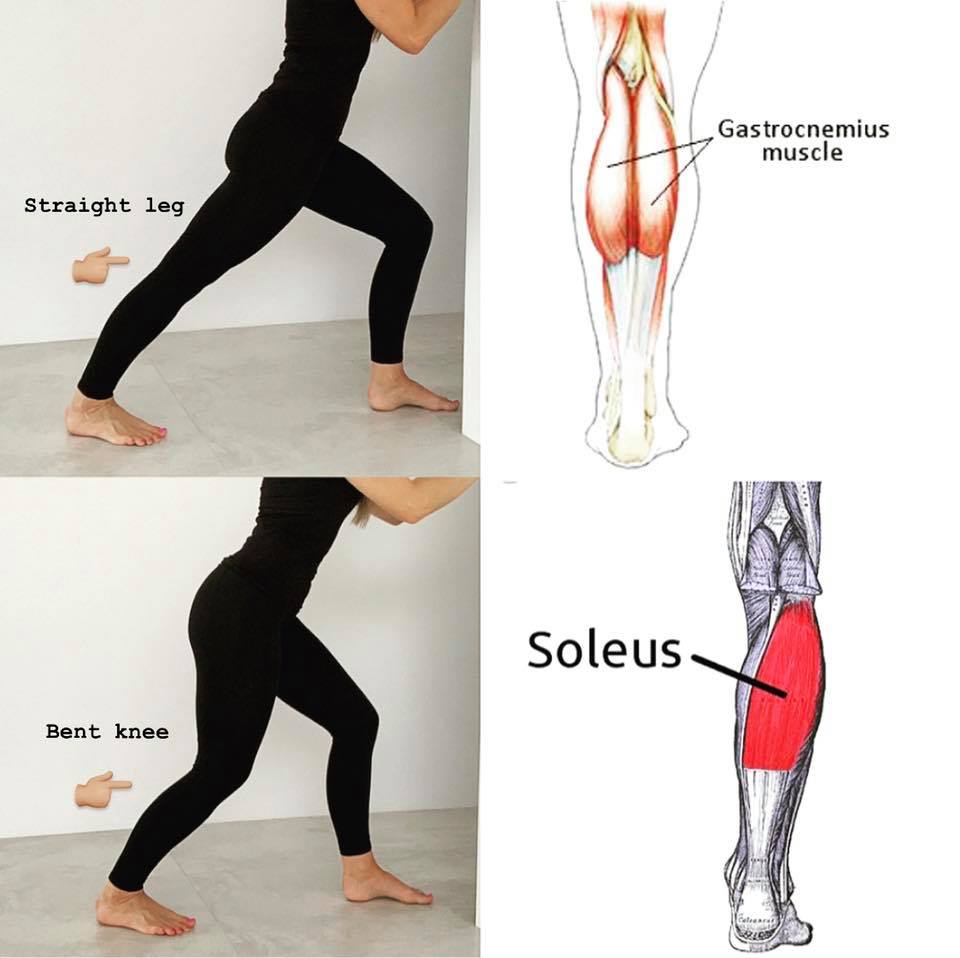Plantar Fasciitis
Plantar Fasciitis affects nearly 2 million Americans a year and is not bias to men and women of any age. Plantar Fasciitis can be painful and functionally limiting as the plantar fascia becomes inflamed or torn. Pain can be in the ball of the foot or arch.
Plantar fascia is a band of tissue that runs from your toes to your heel. In our body its job is to support the arch and absorb stresses in the foot.
SIGNS AND SYMPTOMS:
- Pain the foot when taking the first steps out of bed in the morning or after sitting for a prolong time.
- Pain after intense running or jumping activities.
- Pain when walking barefoot or poor supportive shoes.
- Limping with initial walking or prolong walking.
- Difficulty with walking inclines or stair climbing
- Pain can change throughout the day
- Tenderness or tightness in the arch or ball of the foot
- Pain can commonly in one foot but can present in both feet
Possible contributions to plantar fasciitis:
- Tight calf muscles
- Flat feet
- Obesity
- Wearing unsupportive shoes
- Tasks requires prolong weight bearing (standing or walking)
- Suddenly increasing intensity of activity level in sport or job
Deficits that Therapist Identify during Evaluation:
- Tight calf muscles
- Loss of Joint Mobility at the Subtalar Joint
- Palpable cords or tightness in plantar fascia
- Flat foot posture (overly pronated)
- Decreased big toe extension
- Tenderness in the ball or arch of patient’s foot
Initiative-taking tools in preventing and managing Plantar Fasciitis
- Wear supportive shoes with proper arch support
- Warm-up before exercising and proper advance the intensity of the exercise program
- Stretch your calf muscle and plantar Fasciitis (please see exercises below)
Below are examples of exercises you can do at home!
1. Sit in a chair and put your affected foot on your other knee.
2. Hold the heel of your foot in one hand, and grasp your toes with the other hand.
3. Pull on your heel (toward your body), and at the same time pull your toes back with your other hand.
4. You should feel a stretch along the bottom of your foot.
5. Hold 30 seconds.
6. Repeat 2 to 4 times.
(See image below)


Many of you will search the internet and find the treatment of rolling the bottom of your foot with a frozen water bottle but please do not suffer with pain and functional loss. Contact your therapist at PRO Physical Therapy. We are experts in muscles and joints and can help you evaluate your deficits, treat your foot pain and return to prior level of activity. You do not have to suffer for months. At PRO Physical Therapy we believe in helping all our patients get back to what they love so they can move better, be better.
Stay fit, motivated, and challenged!

Scan our QR Code with your phone to visit PRO Physical Therapy Website!
You can also click on our website link: https://prophysicaltherapyservices.com
270-252-7600
302 US HWY 68 West
Benton KY 42082
Schedule Your Consultation at PRO Physical Therapy
Are you ready to end your muscle or joint pain? PRO Physical Therapy can help you get started today. To find out more about direct access and our physical therapy services in Marshall County, Kentucky, call 270-252-7600 and schedule an initial evaluation and our experienced insurance can verify your insurance coverage.


Recent Comments